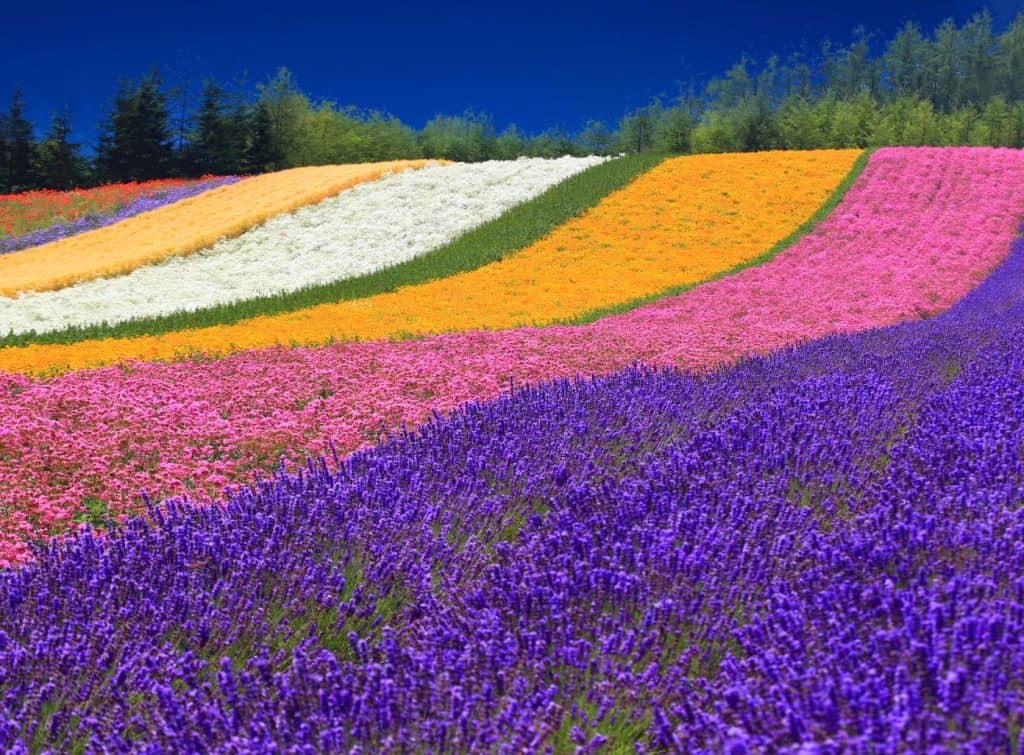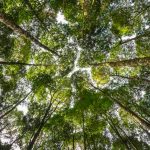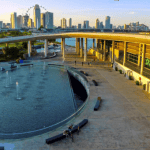Hokkaido, Japan’s northernmost prefecture, is a destination that should be on every explorer’s list. With its unique climate, stunning natural wonders, rich culture, and exciting adventure activities, Hokkaido offers a multitude of experiences for all types of travelers. In this guide, we will take you on a journey through the best that Hokkaido has to offer, helping you discover what to do and see in this captivating region.
Introduction to Hokkaido: Japan’s Northern Frontier
Before diving into the wonders of Hokkaido, let’s first get acquainted with this fascinating region. Hokkaido is the second-largest island in Japan and is blessed with a distinct climate and geography that set it apart from the rest of the country.
Hokkaido’s unique climate is characterized by cool summers and heavy snowfall in winter, making it a paradise for winter sports enthusiasts. The island’s geographical features include volcanic mountains, pristine lakes, and untouched forests, creating a picturesque landscape begging to be explored.
But what makes Hokkaido’s climate so unique? The island experiences a phenomenon known as the “Oyashio Current,” a cold ocean current that flows southward from the Arctic Ocean. This current brings chilly air to Hokkaido, resulting in cooler summers compared to the rest of Japan. In winter, the Oyashio Current combines with Siberian winds, bringing abundant snowfall to the island.
The Unique Climate and Geography of Hokkaido
The climate of Hokkaido is perfect for those seeking respite from the sweltering heat of other parts of Japan. Summers are mild, with temperatures rarely exceeding 25 degrees Celsius, and winters are cold, bringing tons of fluffy snow. This makes it an ideal destination for skiing, snowboarding, and other winter activities.
Geographically, Hokkaido boasts awe-inspiring mountains, including the famous Daisetsuzan National Park. Towering peaks, alpine meadows, and hot springs make this national park a hiker’s paradise. Home to Mount Asahi, Hokkaido’s highest peak, nature lovers will revel in its untouched beauty.
But it’s not just the mountains that make Hokkaido’s geography remarkable. The island is also home to numerous lakes, such as Lake Toya and Lake Shikotsu, which were formed by volcanic activity. These crystal-clear bodies of water not only provide breathtaking views but also offer opportunities for water activities like kayaking, fishing, and even scuba diving.
Furthermore, Hokkaido’s forests are a haven for wildlife enthusiasts. The island is home to various species, including the Ezo red fox, Hokkaido brown bear, and the elusive Blakiston’s fish owl. Exploring the untouched forests of Hokkaido allows visitors to immerse themselves in nature and witness these incredible creatures in their natural habitat.
A Brief History of Hokkaido
The history of Hokkaido is as rich as its natural wonders. Originally inhabited by the indigenous Ainu people, Hokkaido was officially incorporated into Japan in the late 19th century. The Ainu culture still thrives today, and visitors have the opportunity to learn about their ancient traditions and customs.
During the Meiji era, Hokkaido underwent significant development and colonization efforts by the Japanese government. The region’s vast natural resources, including timber, coal, and fish, attracted settlers from other parts of Japan. This influx of people led to the establishment of cities and the growth of industries, shaping Hokkaido into the vibrant and prosperous region it is today.
Despite the modernization and urbanization, Hokkaido has managed to preserve its cultural heritage. Traditional festivals, such as the Sapporo Snow Festival and the Shakotan Salmon Festival, showcase the unique customs and traditions of the region. These events provide visitors with a glimpse into Hokkaido’s rich history and offer a chance to indulge in local delicacies and traditional performances.
Exploring Hokkaido’s Natural Wonders

For those seeking to immerse themselves in nature, Hokkaido offers a treasure trove of stunning landscapes that are sure to take your breath away.
The Unspoiled Beauty of Daisetsuzan National Park
Daisetsuzan National Park, known as the “Roof of Hokkaido,” showcases the untouched beauty of the region. With countless trails and hot springs, this national park offers something for everyone. Whether you prefer a leisurely stroll or a challenging hike, Daisetsuzan National Park will not disappoint.
Wildlife Watching at Shiretoko Peninsula
Designated as a UNESCO World Heritage Site, the Shiretoko Peninsula is a haven for wildlife enthusiasts. Here, you can witness brown bears, deer, and numerous species of birds in their natural habitat. Take a boat tour around the peninsula’s rugged coastline for a chance to spot whales and dolphins frolicking in the sea.
The Lavender Fields of Furano
If you’re visiting during the summer, a trip to the lavender fields of Furano is a must. These vibrant purple fields create a stunning panorama and release a captivating aroma that fills the air. Take a leisurely stroll through the lavender fields or enjoy a picnic while surrounded by this fragrant beauty.
Delving into Hokkaido’s Rich Culture
Hokkaido not only captivates with its natural wonders but also offers a glimpse into its unique culture and traditions.
The Indigenous Ainu Culture
The Ainu people have inhabited Hokkaido for centuries, and their culture remains integral to the region. Explore the Ainu Museum to learn about their ancient customs, traditional clothing, and spiritual beliefs. You can even participate in hands-on workshops to gain a deeper understanding of their way of life.
Hokkaido’s Seafood and Culinary Delights
Hokkaido is renowned for its fresh seafood, which is a result of the island’s pristine waters. Indulge in a feast of succulent crab, melt-in-your-mouth salmon, and uni (sea urchin), which is prized for its delicate flavor. Don’t forget to visit the lively fish markets, such as Sapporo’s Nijo Market, to experience the bustling atmosphere and sample the freshest catches.
Traditional Festivals of Hokkaido
Hokkaido’s cultural calendar is filled with vibrant and lively festivals. Experience the atmosphere of the Sapporo Snow Festival, where elaborate snow sculptures take center stage. Witness dancers adorned in traditional costumes at the Yosakoi Soran Festival and immerse yourself in the energy of the Genghis Khan Festival, dedicated to Hokkaido’s famous lamb barbecue.
Adventure Activities in Hokkaido

For thrill-seekers and outdoor enthusiasts, Hokkaido offers an array of adventure activities that will get your heart racing.
Skiing and Snowboarding in Niseko
Niseko is renowned internationally for its powder snow, making it a dream destination for skiers and snowboarders. With a variety of slopes catering to all skill levels, Niseko has something for everyone. After a day on the slopes, unwind in one of the many natural hot springs to soothe your tired muscles.
Hiking the Volcanic Landscapes of Noboribetsu
Noboribetsu is famous for its volcanic landscapes and soothing hot springs. Lace up your hiking boots and explore the dramatic Jigokudani (Hell Valley), where steam vents and sulfurous streams create an otherworldly atmosphere. After your hike, relax in one of the rejuvenating onsen (hot springs) for a truly magical experience.
Cycling Around the Scenic Lake Toya
For a more leisurely adventure, hop on a bicycle and explore the picturesque Lake Toya. Cycle along the tranquil shoreline, taking in breathtaking views of the lake and Mount Usu, an active volcano. Stop by the onsen towns dotting the area for a rejuvenating soak and indulge in local delicacies along the way.
In conclusion, Hokkaido’s allure lies in its unparalleled natural beauty, rich cultural heritage, and exciting adventure activities. Whether you’re seeking serenity in nature, immersing yourself in local traditions, or seeking an adrenaline rush, Hokkaido has it all. So pack your bags, put on your explorer hat, and get ready for an unforgettable journey through Japan’s northern frontier.








